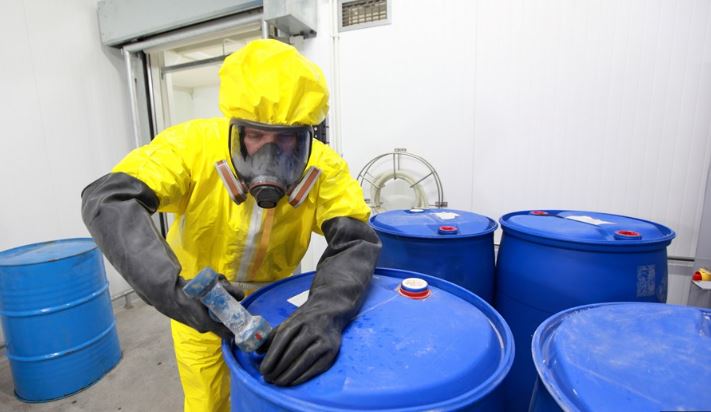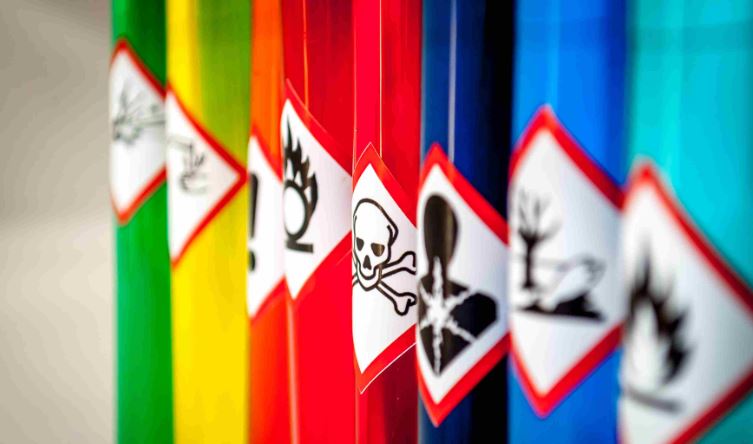Behavior of Liquid ChemicalsBehavior of Liquid Chemicals
Liquid chemicals are everywhere in our daily lives, from the water we drink to the cleaning products we use. Understanding how these chemicals behave is essential for safety and effective

Liquid chemicals are everywhere in our daily lives, from the water we drink to the cleaning products we use. Understanding how these chemicals behave is essential for safety and effective

Handling chemicals safely requires thorough training to understand the hazards and the best practices for mitigating risks. Without proper training, employees may unknowingly expose themselves and others to dangerous substances,

Inorganic reaction mechanisms involve the step-by-step sequence of elementary reactions by which an overall chemical change occurs. Understanding these mechanisms is crucial for explaining how and why reactions occur, predicting

Maintaining chemical storage areas is essential for safety and efficiency. Proper maintenance prevents accidents, ensures compliance with regulations, and protects the environment. In this article, we’ll share effective strategies for

Chemical burns occur when skin or eyes come into contact with hazardous substances such as acids, bases, or solvents. These burns can cause severe damage, including pain, redness, swelling, and

The food industry relies heavily on chemicals to enhance the quality, safety, and longevity of food products. From preservatives to flavor enhancers, these chemicals play crucial roles in our daily

Using chemicals in arts and crafts can open up a world of creative possibilities. From vibrant dyes to unique textures, chemicals can enhance your artistic projects in various ways. Here,

Corrosive substances, such as strong acids and bases, can cause severe damage to skin, eyes, respiratory system, and materials they contact. These chemicals react with living tissue and materials, causing

Cosmetics have been an integral part of human culture for centuries, enhancing beauty and personal care. The chemistry behind cosmetics involves a fascinating blend of ingredients and reactions that create

Chemical exposure can occur through inhalation, skin contact, ingestion, or eye contact, leading to acute or chronic health effects. Common symptoms of exposure include respiratory issues, skin irritation, eye damage,